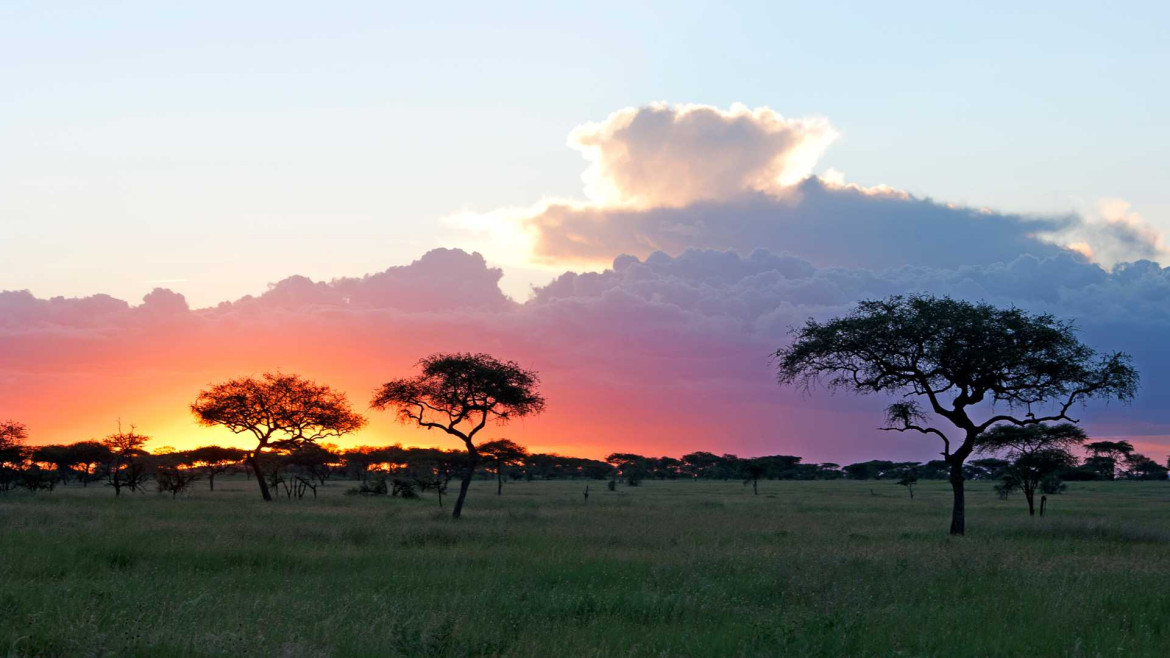The Ruaha National Park and the Selous Reserve with the Nyerere National Park are the most visited parks in southern Tanzania. The Ruaha territory covers 10,000 square kilometres and lies at an altitude of 1,000 metres. The heart of this park is the river, the Great Ruaha River, around which life can exist and thrive. There are two other small rivers, but they only see water a few days during the year and only after the big rains. Even if you cannot see it, the water flows underground. The elephants can find it by digging: they love it and need it, so they have developed this technique to secure the precious life source for their herd.
Elephants are also one of the park’s main features: elephants and baobabs. The landscape is incredible: forests, arid areas, bush dotted with acacias. The encounters that can be made include all the most extraordinary animals of the savannah, including lions and leopards.
Between elephants and baobabs: discover the beauty of Ruaha and the Selous Game Reserve
Like all parks in Tanzania, Ruaha is a never-ending surprise and groups of elephants under a baobab tree, enjoying the shade or scratching against the bark, are something of a pleasant custom. The Selous Game Reserve is named after Frederick Selous, an English explorer and hunter, and is a UNESCO World Heritage Site. It is huge, more than 50,000 square kilometres, basically 6% of the entire Tanzanian territory. It is crowded with mammals, but the part dedicated to tourism is the northern part, north of the Rufiji River, which from 2019 became the Nyerere National Park. The river is the longest in the country, is navigable and flows for two hundred and fifty kilometres before flowing into the Indian Ocean.
Exploring Tanzania’s Southern Circuit: a wilderness adventure
The Reserve is also famous for the large number of wild dogs that live there, the highest in the whole of Tanzania. There are also lions, giraffes, elephants, hippos, crocodiles and other special creatures. The game drives are on open cars, the views are fantastic and the sensations are incredible. The savannah is immediately spectacular: the endless road hides wonders.
The landscape is almost unreal. Acacias sprout everywhere and the whistling acacias are home to huge colonies of ants. Their relationship is very unusual: in exchange for hospitality, the ants protect the plant from herbivores. As soon as one of them approaches to eat, they come out and start running up and down on the thorns, disturbing the meal.
The name whistling acacia comes from the whistle that the round base of the thorns, pierced by the ants to create their rooms inside, makes when the wind blows through it. The heat is humid and after a game drive in the savannah, it is possible to go on a boat safari on the Rufiji River where crocodiles and hippos reign supreme and where an incredible sunset makes you wish to stop time forever.

